There are many choices for finishes for your woodworking project and many ways to apply the finish. Today we’ll go through a quick overview of supplies to have on hand for applying finish to your woodworking project.
Follow along to learn about these wood finishing supplies.
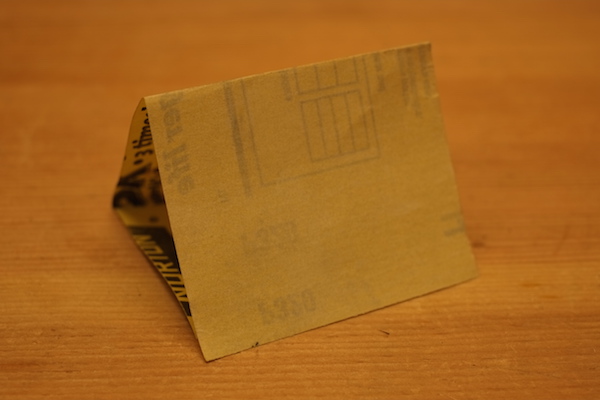
Preparing for the finish
Sandpaper
Although you may think that finishing is mainly about the finish that you apply to the project, a lot of the success of the finishing process is about how good a surface you made. So take the time to go over your project one last time to make sure that your sanding job is nice and even. If you’ve used another method to get to your final surface, such as hand planing or using a scraper, you also need to double check to see if the surface is as good as you can get it.
One method of seeing if your project is ready is to spray it with a light coat of water or alcohol. This will make any irregularities in the surface more prominent.

Jars
Oftentimes, finishes come in large containers that are too big for the project at hand. Having jars around gives you a place to pour out the amount of finish that you need. In addition, as you use up finish, the empty space in the original container will fill up with air, and the oxygen in the air in the jar may cause your finish to prematurely age and go bad. One way of getting around this is to decant your finish into a number of smaller jars so that there is very little air left in the jar and cap them tightly. I think you can’t have too many containers around for finishes, and I have a variety of baby food jars, pasta sauce jars, Mason jars, and pickle jars to help me with containing the finishes I use.
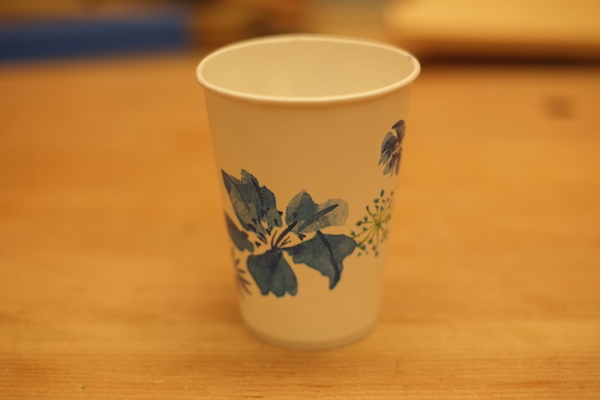
Cups
Not just a song by Anna Kendrick, cups are handy for finishing. They make a great disposable container and are useful for mixing and diluting finishes. Unwaxed paper cups are great for this purpose. I’ve also stockpiled the single serving plastic containers of applesauce for this purpose by washing them out after my kids are done eating the applesauce, but you have to make sure that any solvents in the finish won’t dissolve the plastic. The small aluminum tins used for making small tarts are also a good choice for a disposable container as well.
Applying the finish
There are a variety of ways to apply the finish. Some involve specialized equipment, like spraying, but this may not be feasible unless you have a lot of ventilation. There are many finishes that lend themselves to direct application, whether it be brushing or wiping on. Here are some useful items to directly apply finish.


Brushes
Brushing on a finish is a great way of covering a lot of area very quickly. Brushes can have bristles, either natural or man made, or be made of foam. Different brushes are better with certain finishes than others. Shellac and oil-based finishes work well with natural bristle brushes. Synthetic bristle brushes work well with water-based finishes, although these guidelines are not hard and fast. Foam brushes can work surprisingly well in leaving a brushed finish that is free of brush marks left by the bristles, but make sure that your finish will not dissolve the foam.
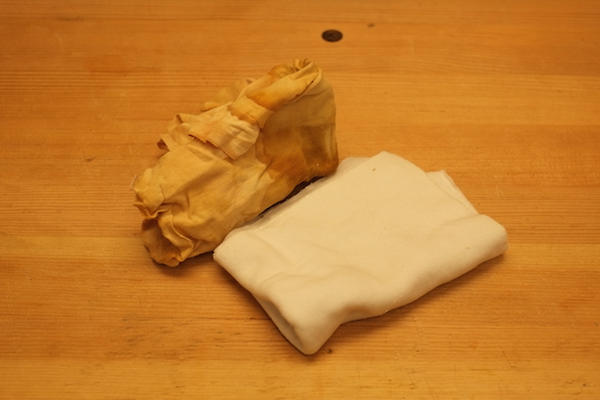
Rags
Rags are useful for wiping on finishes. You can cut up old t-shirts for this purpose, although if your t-shirt has a printed design on it, you will want to stay away from the printed parts. I also stick to white t-shirts to avoid the chance that a colored t-shirt will add an unwanted color to the finish. Some finishes, like shellac, allow you to use the rag over and over again. Other finishes require that you properly dispose of the rag after using it, and there may be the chance of fire.
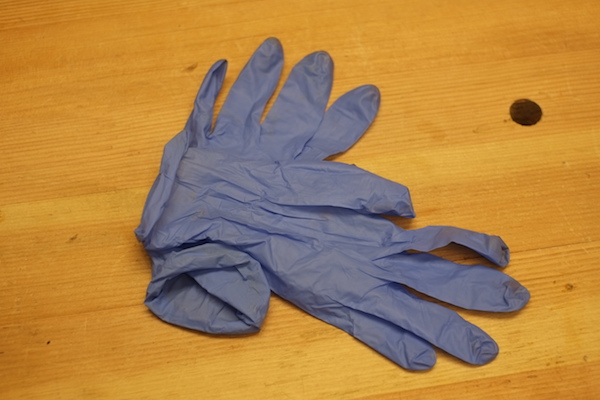
Gloves
Disposable gloves are very useful when applying finish. Besides just making a sticky mess, the solvents in some finishes can be irritating to the skin. Having a box of disposable gloves makes clean up a lot easier. Make sure that the gloves you buy will hold up to the solvents in the finish.
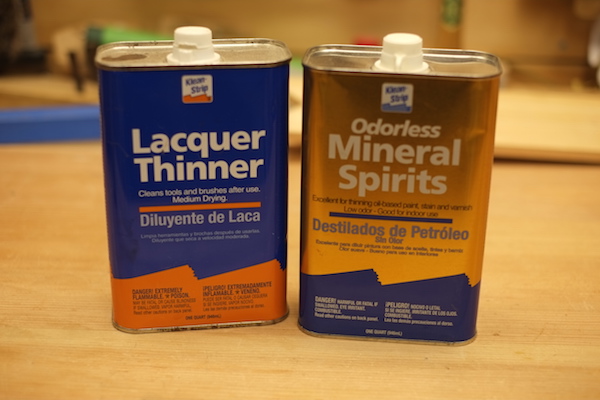
Solvents
You will need to use solvents for your finishes for thinning them out to make the application easier in certain circumstances, and for cleaning your supplies after using them. Different finishes need different solvents: mineral spirits for many oil-based finishes, alcohol for shellac, and lacquer thinner for lacquer (obviously). Make sure you use the appropriate solvent for the finish you are using.
Finishing the finish
After applying the finish, there are some things you can do to get the surface perfectly smooth and even to the touch.
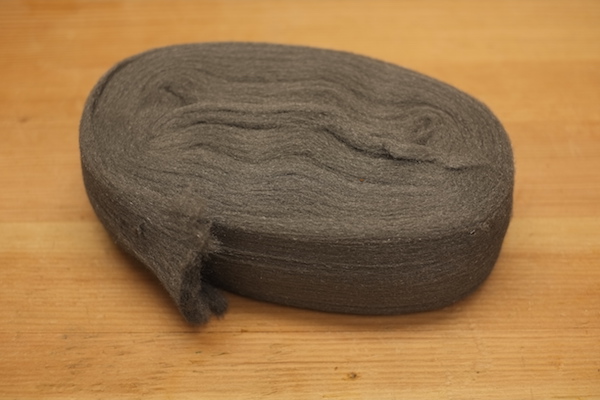
Fine grade steel wool
Fine grade steel wool (also known as 0000 steel wool) can be used to rub down the surface of a finish after it’s been applied to even out any residual irregularities in the surface. Sometimes the steel wool is dabbed in the wax used for the final finishing step.

Brown paper bag
You can also use a brown paper bag to go over a finish after it has been applied to smooth out the surface of the finish as a last step. If you think that this is not going to make much of a difference, try it some time. I think you’ll be surprised at the result.
Free Online Woodworking Class
Transform your next woodworking project with flawless finishing techniques.Enroll FREE Now »


Share tips, start a discussion or ask one of our experts or other students a question.
No Responses to “9 Handy Supplies for Finishing a Woodworking Project”